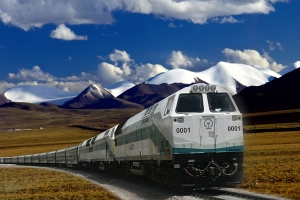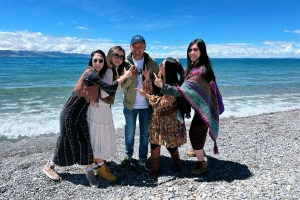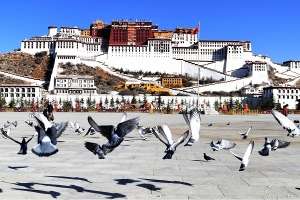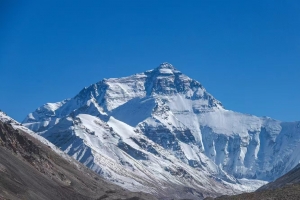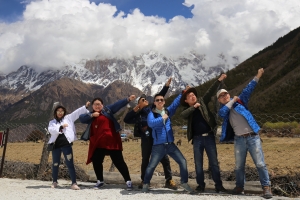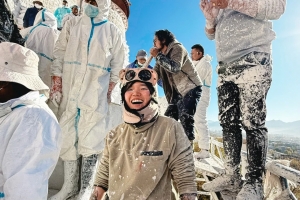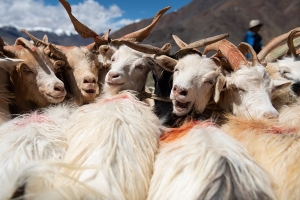Tibet is a realm of extremes. High above sea level, its majestic landscapes stretch across vast plateaus, snow-capped peaks, alpine lakes, and ancient monasteries that whisper of centuries past. Yet for the unprepared traveller, these wonders come with challenges that aren’t just spiritual or philosophical—they’re deeply practical.
From brutal sun to biting cold, thin air to sudden snowfall, a trip to Tibet demands that you pack not just smartly, but wisely. In this guide, we’ll walk through the essential clothing choices and luggage tips to ensure your adventure on the Roof of the World is both comfortable and memorable.
Understanding Tibet’s Climate and Weather
Tibet’s average elevation exceeds 4,000 metres, making it one of the highest regions on Earth. Due to this altitude, its weather operates under a different logic than that of most lowland climates. In the span of a single day, you may experience blistering sunshine, dry winds, sudden hail, and sub-zero temperatures once the sun drops behind the mountains.
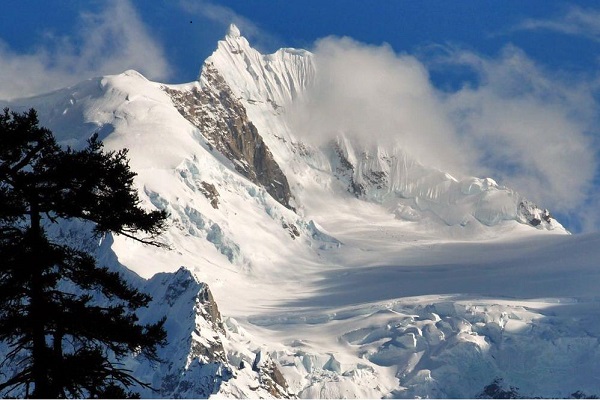
-
Temperature swings: Daily temperatures can vary drastically. You might wake to -5°C in the morning, feel 20°C sunshine at midday, and find yourself caught in snowfall at dusk.
-
UV radiation: With the thinner atmosphere, ultraviolet rays are far stronger here. Sunburns can happen in under 15 minutes without protection.
-
Dryness: Humidity levels are incredibly low, which means dry skin, chapped lips, and nosebleeds are common.
-
Altitude sickness: Not clothing-related, but relevant. The low oxygen levels can take a toll on even the fittest travellers. Dressing to conserve warmth and comfort becomes critical.
This combination of environmental extremes makes Tibet a place where preparation is not just smart, it’s necessary.
The Philosophy of Layering
When packing for Tibet, the golden rule is this: layers over bulk. Temperatures shift too fast to rely on a single thick coat. Instead, bring multiple layers you can easily add or shed throughout the day.

-
Base layer: Moisture-wicking thermal underwear, preferably merino wool or synthetic. This sits closest to your skin and regulates heat.
-
Middle layer: A fleece or lightweight down jacket offers insulation without adding excessive weight.
-
Outer layer: A windproof, waterproof shell jacket is essential. Tibetan winds can be both biting and dust-laden.
-
Bottom layers: Thermal tights or leggings under quick-dry trekking trousers keep you warm without restricting movement.
By mastering the layering system, you’ll not only stay warm, but you’ll avoid sweating and freezing in succession—a common issue on the plateau.
Footwear and Legwear
Walking is inevitable in Tibet, whether you’re wandering through Lhasa’s Barkhor Street, climbing the steps of the Potala Palace, or hiking in the outskirts near Yamdrok Lake or Mount Kailash.
-
Hiking boots: Choose something with ankle support, solid grip, and water resistance. Break them in beforehand—blisters at altitude are no fun.
-
Casual shoes or sandals: For relaxing indoors or strolling through towns.
-
Socks: Moisture-wicking wool socks are your best friend. Avoid cotton, which traps moisture and invites blisters.
-
Trousers: A mix of fleece-lined trousers for colder areas and breathable trekking trousers for lower altitudes or daytime hikes.
Protection Against the Sun and Wind
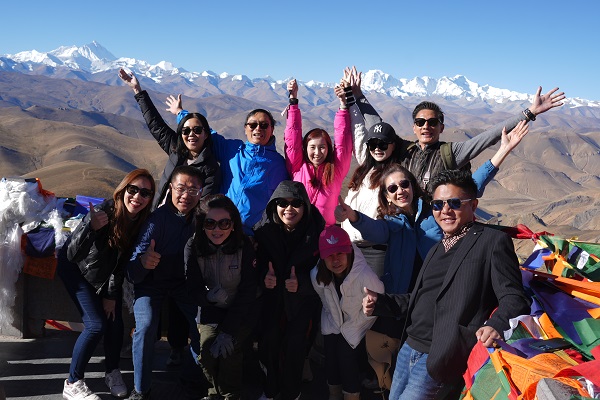
Sun protection is vital. Even on cloudy days, UV exposure is intense.
-
Sunglasses: Essential. Go for UV400 lenses. Snow blindness is a real risk, even if you’re not mountaineering.
-
Sun hat or cap: A wide-brimmed hat offers more protection than a baseball cap, but anything’s better than nothing.
-
Sunscreen: SPF 50 or higher. Reapply frequently, especially on your nose, cheeks, and ears.
-
Lip balm: With SPF. Lips crack and burn easily in the dry, sunny climate.
-
Scarf or neck gaiter: Protects against windburn and dust, and helps with dry air when wrapped over the nose.
Accessories That Make a Difference
A few well-chosen accessories can make life at high altitude vastly more bearable.
-
Gloves: Even in spring or autumn, early mornings can chill your fingers to the bone. Lightweight fleece gloves are sufficient unless you’re heading into snow.
-
Wool hat or beanie: A lot of body heat is lost through the head, especially at night.
-
Face mask or dust filter: Helps with dusty areas and protects your lungs in dry wind.
-
Moisturiser and nasal spray: The dry air dries everything out. Hydration is internal and external.
Sleepwear and Indoor Clothing
Tibetan nights are cold—even in guesthouses or hotels. Heating is rare outside major cities, and electricity can be unstable.
-
Warm pyjamas: Wool or fleece recommended. Don’t count on hotel blankets alone.
-
Thermal socks: A pair reserved just for sleeping can improve rest.
-
Slippers or indoor shoes: Keep your feet warm and floors clean.
How to Pack: Luggage Tips
Efficient packing is the key to travelling light without sacrificing comfort.
-
Suitcase or duffel bag?: If you’re staying mainly in hotels, a rolling suitcase is fine. For multi-stop treks, go with a waterproof duffel bag or a trekking backpack.
-
Compression bags: Especially for bulky layers—these are space savers.
-
Packing cubes: Helps organise clothing by function (cold gear, casual wear, etc.) and makes repacking easy.
-
Daypack: A small, durable backpack for daily excursions is essential. Make sure it has space for layers, water, snacks, and emergency essentials.
-
Waterproof covers: Sudden rain or snow isn’t uncommon; protect your bag and contents accordingly.
Respectful Dress for Sacred Sites

Tibet is a deeply spiritual region. When visiting temples and monasteries, modest clothing isn’t just polite—it’s expected.
-
Long sleeves and trousers: Avoid sleeveless tops or shorts.
-
Scarves: Useful for covering the head if needed, or as a sign of respect.
-
Avoid flashy or tight clothes: Opt for neutral, relaxed styles.
Dress Like a Guest, Travel Like a Local
Packing for Tibet isn’t about fashion or frills—it’s about function, flexibility, and respect. The weather here demands adaptability, and the culture rewards humility. Dress as though the elements might turn on you at any moment (because they might), and as though you are entering a place older and wiser than yourself (because you are).
Above all, wear your curiosity warmly, and pack your humility tightly—it’ll serve you better than any jacket.

